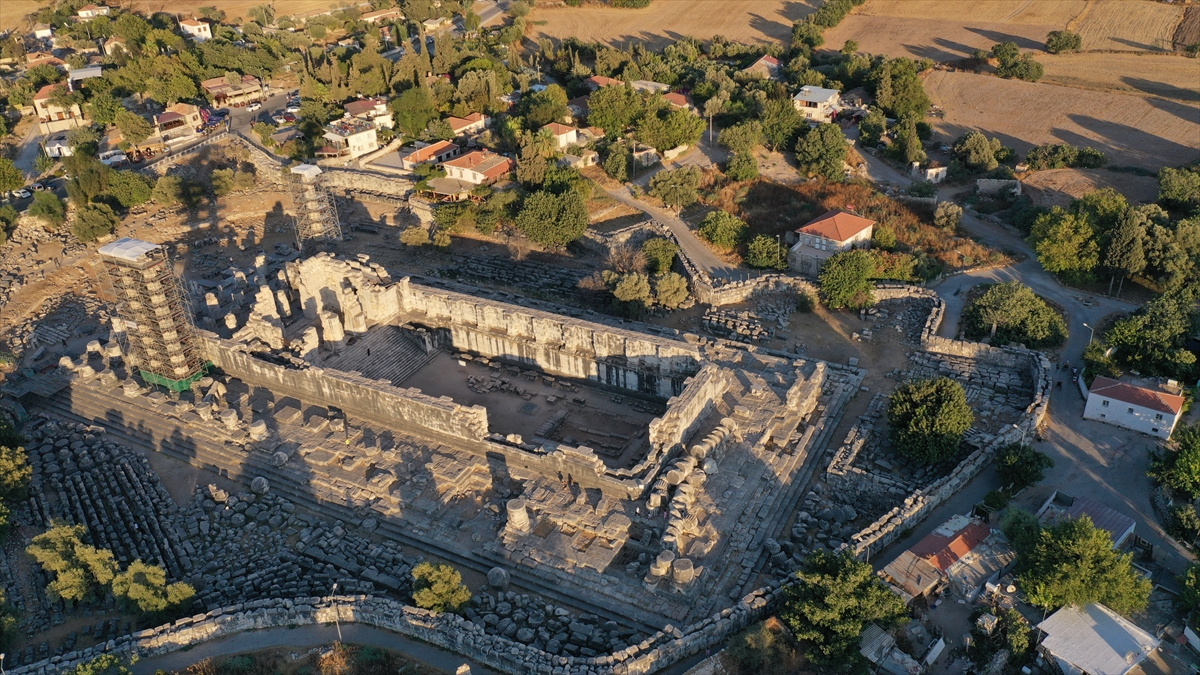The scaffolding has been removed, placed upon pallets and crane-lifted away. We now have our iconic columns stretching to the iridescent blue sky returned to us, unadorned by a displeasing brace of metal, writes Glenn Maffia.
Though the maintenance was undoubtedly required and was conducted with a high level of professionalism it was, by comparison with previous years of archaeological activity, quite boring to observe. It never offered that ‘bite’ of research leading to the uncovering of yet another intriguing ancient artefact within the geography of the Temple.
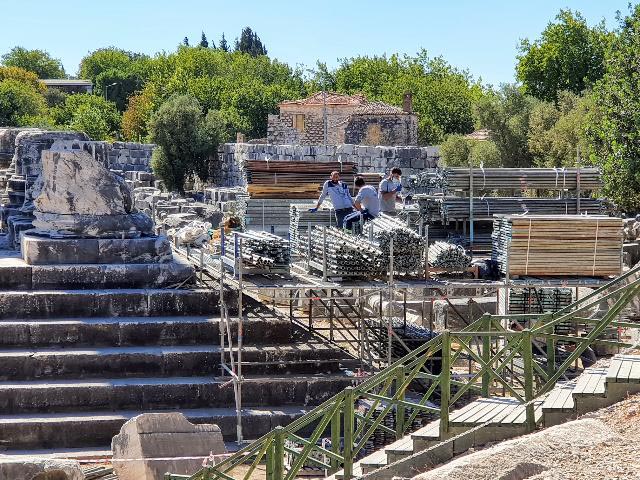
Scaffolding being removed from Apollo Temple
Yes, I found it interesting to observe the stonemason grinding down a slab of limestone or marble which would then have been added to an aggregate of finely washed sand and copious amounts of water to produce the putty-like substance which could then be used to fill the cracks affecting the highest areas of the three columns.
Interesting, but certainly not stimulating. Necessary, but far from enlightening. Hopefully, this maintenance shall prevail for the next half-century or more, before it requires any further attention.
Glaring omission
Fortunately, another team from the German Archaeological Institute (GAI) were spreading their wings so very much further just up the road in Miletus.
Whereas many of the grand civic structures, such as the famous Theatre, the Agoras (markets), numerous Temples and Fountains and Baths had been unearthed over the past century and half, the abodes of the citizens remained obscure.
This year this glaring omission was the GAI’s stated intent. To look for the living quarters that housed the significant population of the city.
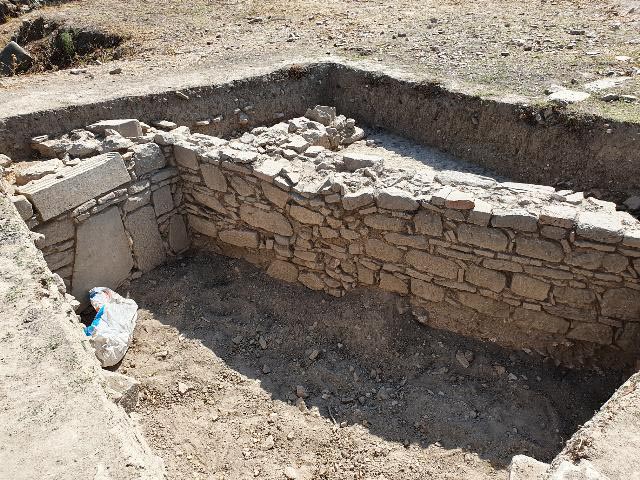
An excavated home at Miletus
Though recent excavations have revealed that a section of this grid layout predated Hippodamus’ birth by almost a century. His temperament, hardly one to shy away from plaudits, left him conveniently mute on this inconsistent detail. It was probably the acclaimed mathematician and philosopher Thales whom devised this efficient grid system to logically organise a city plan.
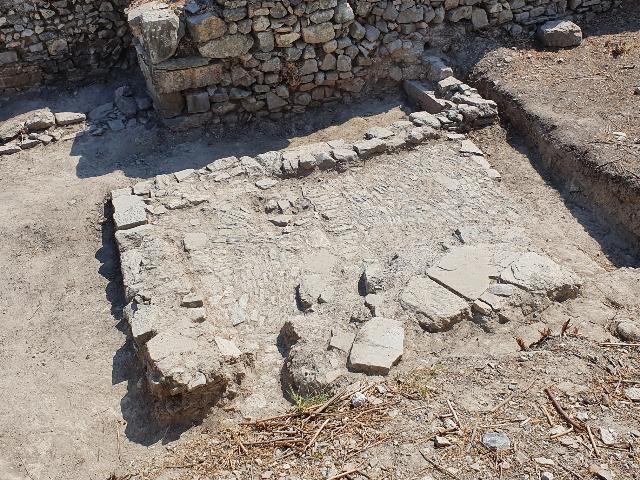
Miletus excavations
Whoever did construct this plan has certainly aided the plight of the archaeologists. For once a number of dwellings have been revealed then it should be a clear template on which to work to ascertain and plot the whereabouts of the others residing beneath our feet.
Though it must also be taken into account the twisting and churning of the ground due to the abundant earthquakes which distort this particular region of the world.
One may find some most fascinating modern maps depicting the development of the city over a substantial period of time located in the small but delightful Miletus Museum nearby (your ticket to the archaeological site should gain you free entry into the museum).
Location of the houses
The excavated houses are situated southeast of the imposing theatre residing between the ’40 Steps Mosque’ (denoted as number 8 on the city map) and the ‘Bouleuterion’ (number 24 on the map). This city map can be found upon a large information board near to the main car park.
I was surprised to see just how shallow beneath today’s ground level some of these houses are, whilst others were at a depth befitting a dating of 2400 years old.
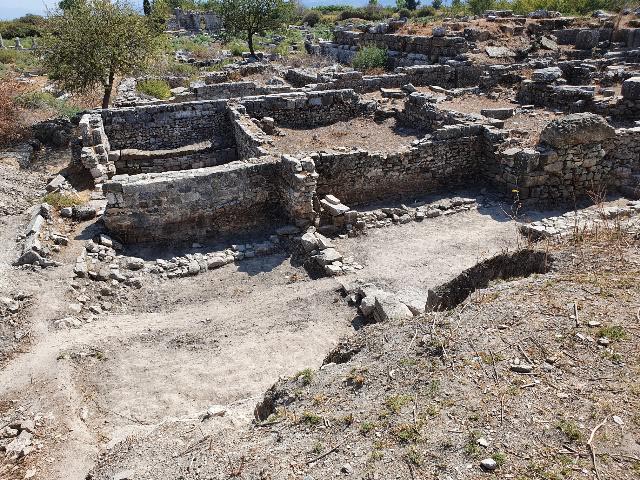
House excavations at Miletus
The rough hewn construction stones are in sharp contrast to the finely finished and polished stone of the prestigious civic structures. Though they possess a charm of their own; plain, utilitarian and purposeful, whilst the skill of construction is also impressive in its complexity and completion.
I also found it intriguing that their location was apparently in the centre of the city, where one may have supposed to find more luxurious residences. I was mightily impressed by what I cast my eyes upon.
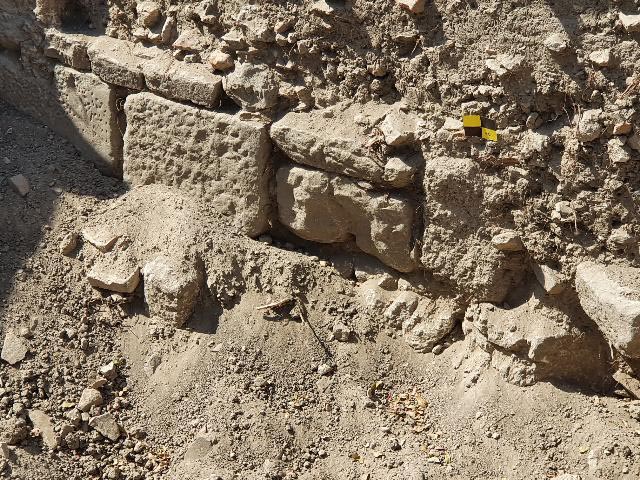
House excavations at Miletus
Note: It is normal archaeological practice to re-inter any finds within the trench upon the digs completion, therefore if you wish to see these fascinating buildings be quick.
